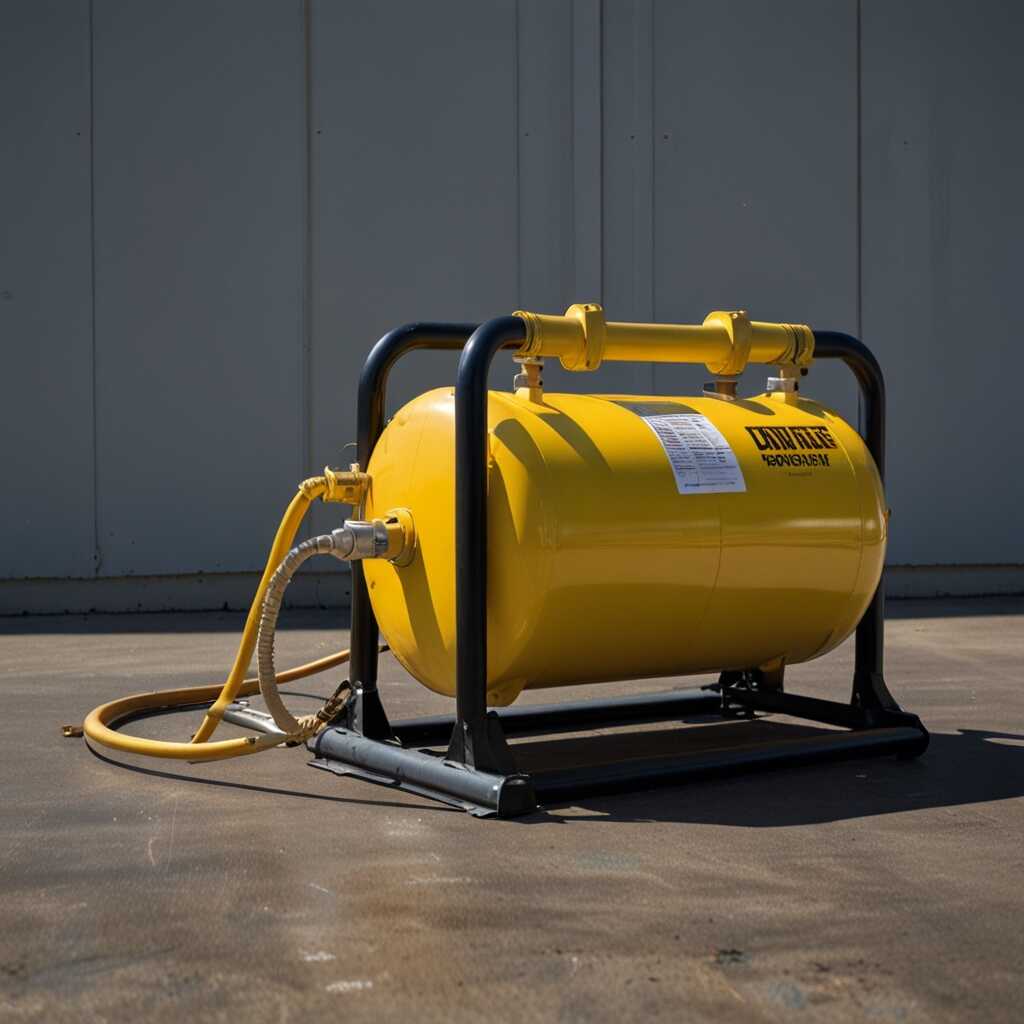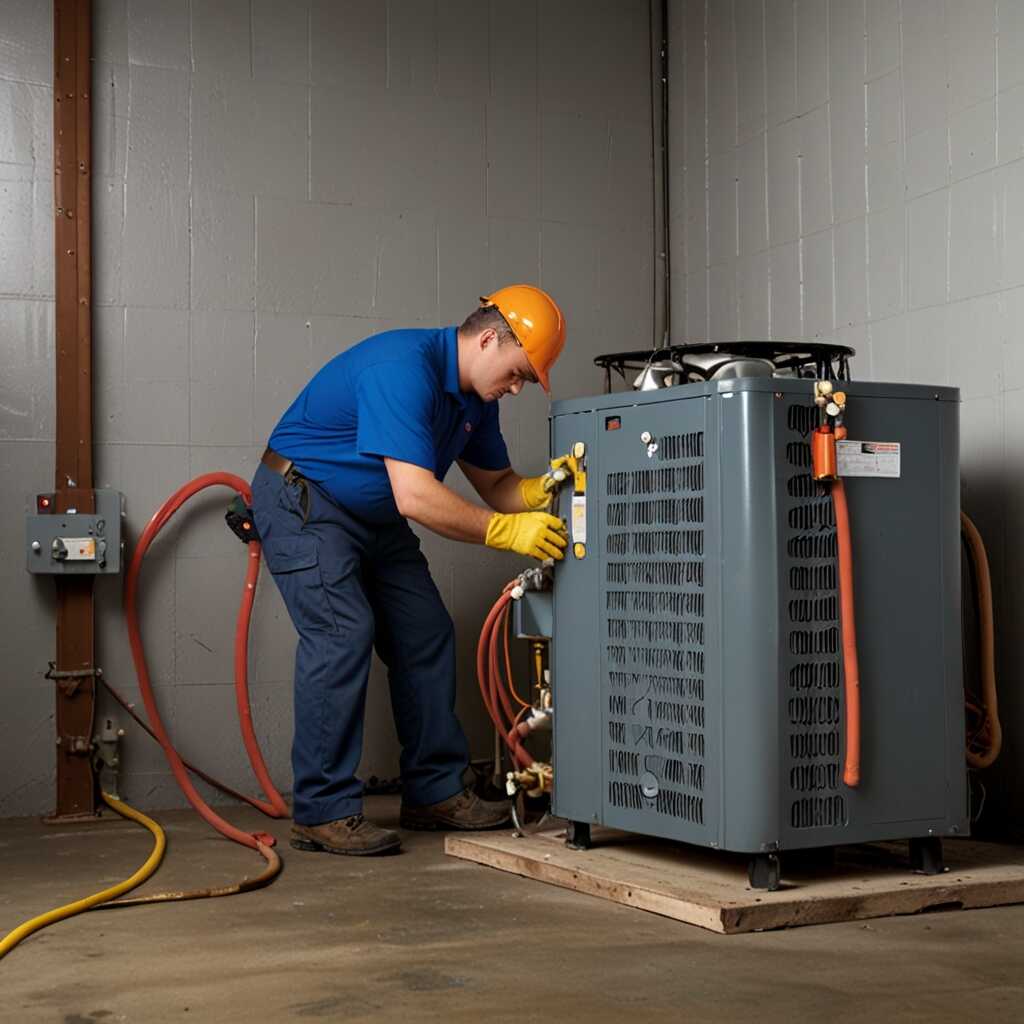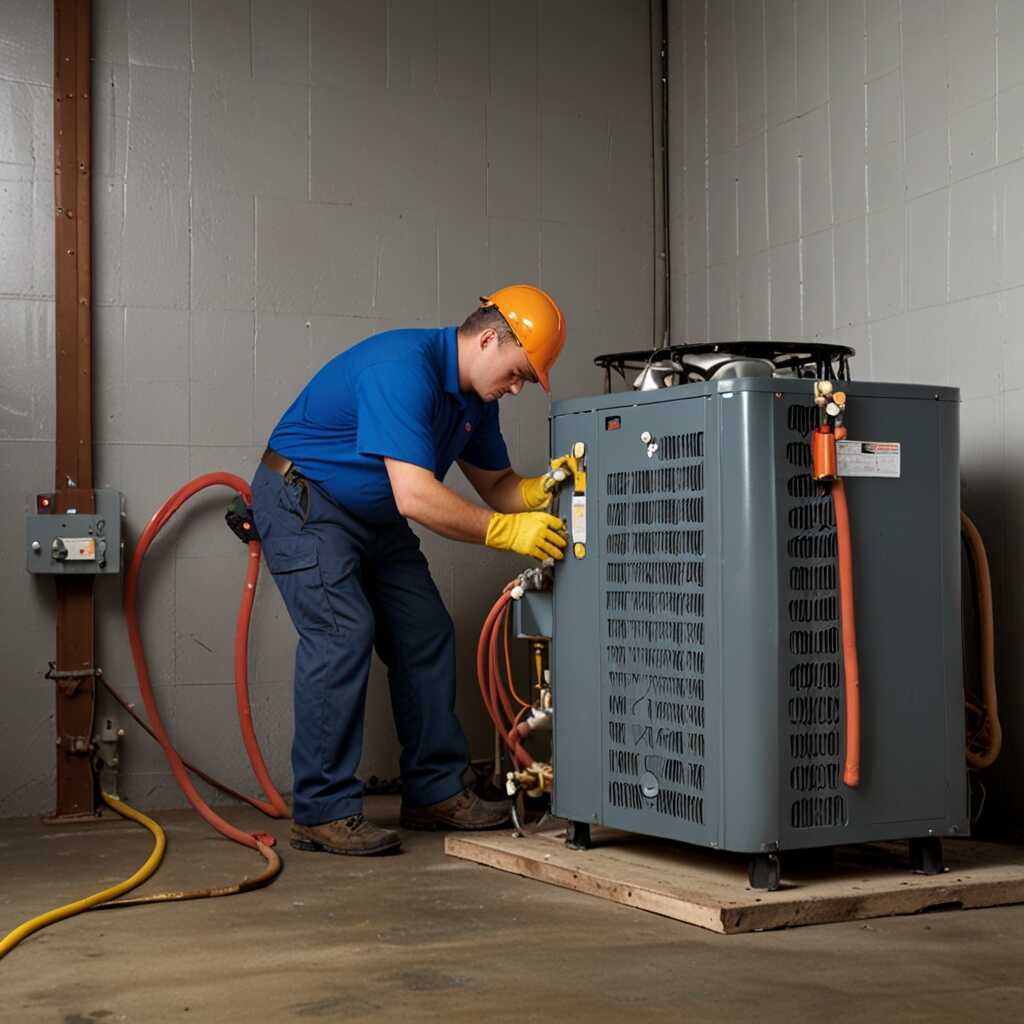Refrigerant recovery machines with data logging offer significant advantages for HVAC professionals seeking to enhance their operations. These tools improve service records, ensure compliance with regulations, and optimize the efficiency of HVAC systems. At Refrigerant Recovery Pro, we understand the importance of integrating data logging features into recovery machines. By leveraging our decades of industry experience, we provide insights to help you maximize the potential of these advanced technologies.
Understanding the Importance of Refrigerant Recovery
Refrigerant recovery plays a crucial role in HVAC maintenance by reducing environmental impacts. The main benefits include compliance with regulations, improved air quality, and reduced refrigerant loss. Recovery ensures that professionals adhere to EPA standards, which helps avoid costly fines. Additionally, refrigerant recovery helps HVAC technicians maintain reliable service records, enhancing operational efficiency. Modern refrigerant recovery machines with data logging features track recovery metrics to provide insights on process reliability and performance. This data is essential for optimizing service management and demonstrating compliance with environmental regulations.
Benefits of Data Logging in Refrigerant Recovery
Data logging enhances refrigerant recovery by providing critical operational metrics. These features enable HVAC professionals to monitor recovery performance in real-time. Reliable data helps identify issues quickly and improve recovery rates. Many machines can achieve recovery rates of over 95%, limiting refrigerant loss and reducing environmental impact. Data logging supports compliance documentation, ensuring that HVAC technicians can demonstrate they meet regulatory requirements. By analyzing recovery sessions, technicians can optimize procedures, resulting in greater efficiency and reduced costs. This technology represents a significant advancement in ensuring effective and sustainable refrigerant management.
Explaining Refrigerant Recovery Machines with Data Logging
Refrigerant recovery machines with data logging capabilities are specialized devices designed to recover refrigerants from HVAC systems efficiently. These machines feature integrated data logging technology that records critical information during the recovery process. HVAC professionals benefit from these machines as they enhance compliance with environmental regulations and improve operational efficiency by providing detailed service records. Such records can include data on refrigerant types, amounts recovered, temperatures, and time taken for recovery, offering valuable insights for future service and maintenance.
Importance of Data Logging in Compliance and Efficiency
Data logging in refrigerant recovery machines significantly improves compliance with EPA regulations. This compliance is critical for HVAC professionals, as improper handling of refrigerants can lead to legal repercussions and environmental harm. Data logging provides a reliable record that can be presented during inspections. This ensures adherence to regulation requirements while enabling technicians to analyze performance metrics. The data captured helps identify operational inefficiencies and trends, leading to better decision-making. Moreover, it enhances service records, which helps HVAC professionals optimize future refrigerant management and recovery operations.

Benefits of Enhanced Record Keeping through Data Logging
Data logging significantly improves service records by providing accurate and detailed information on refrigerant use and recovery activities. Technicians can easily access historical data, which boosts efficiency and ensures compliance with regulatory requirements. Data logging helps maintain reliable service records that enhance overall performance while reducing human errors in data entry. This accuracy is especially crucial for compliance monitoring, ensuring technicians are informed about past service activities and recovery metrics. HVAC professionals benefit from real-time insights, enabling better decision-making and maintaining high standards in service delivery.
How Data Logging Improves Tracking and Compliance for HVAC Professionals
Data logging improves tracking and compliance by enabling HVAC professionals to gather valuable information during refrigerant recovery processes. These machines store data about amount recovered, recovery times, and system performance. Reliable records facilitate compliance reviews and audits. Many refrigerant recovery machines have built-in features for tracking service history. This feature provides details about different refrigerant types and handling procedures used over time. Accurate data enhances compliance, allowing technicians to remain aligned with EPA standards and local regulations. By integrating data logging, technicians can save time and improve service quality, leading to greater operational efficiency.
Numerical Insights on Refrigerant Recovery Technology
- Data logging machines can recover 95% of refrigerant, maximizing efficiency.
- The average annual growth rate for recovery equipment sales is 7%.
- Most models log data for a minimum of 100 events.
- Using these machines can improve compliance rates by over 50% in the HVAC industry.
- Service records may increase in detail by 30% with data logging features.
- Technicians report saving 20% more time during refrigerant recovery tasks.
- Over 60% of HVAC professionals value data logging for improved tracking.

Ensuring Regulatory Compliance with Data Logging
Data logging plays a crucial role in helping HVAC professionals meet regulatory requirements for refrigerant recovery. These standards often stipulate precise record-keeping to track refrigerant usage and disposal. Using data logging technology ensures accuracy in these records, enhancing compliance with laws like Section 608 of the Clean Air Act. Effective record-keeping helps prevent fines and promotes environmentally responsible practices. Additionally, data logging provides critical data that can enhance service efficiency, ensuring that all refrigerants are handled per regulations.
Advantages of Data Logging for Regulatory Compliance
Implementing data logging technology offers significant advantages for HVAC professionals aiming to improve regulatory compliance. This technology captures detailed data on each recovery process, including the quantity of refrigerant recovered and the conditions of recovery. Such precision helps HVAC professionals demonstrate compliance during inspections. With reliable data logging, technicians can also analyze performance trends over time, leading to improved efficiency in refrigerant management and reducing the likelihood of regulatory violations. Ultimately, proactive data management helps preserve the environment while streamlining operational processes.

Achieving Cost Efficiency and Time Savings in HVAC Services
The use of refrigerant recovery machines with data logging offers several cost-saving benefits. These machines enhance operational efficiency by streamlining the recovery process, which saves time. Data logging features help HVAC technicians maintain accurate service records, leading to better compliance with regulations. This accuracy can decrease costs associated with potential fines. Studies indicate that technicians can save up to 30% of their time when using advanced recovery machines equipped with data logging features, which enables faster and more reliable refrigerant management.
Enhancing Compliance with Reliable Data Logging
Reliable data logging is essential for improving compliance in HVAC operations. This feature tracks refrigerant usage and recovery metrics in real-time, ensuring adherence to regulatory standards. By producing precise records, technicians can demonstrate compliance during inspections or audits. Effective use of data logging can also reveal trends in refrigerant use, helping to identify areas for improvement. Refrigerant Recovery Pro emphasizes that the integration of data logging enhances accountability among HVAC service teams, ultimately leading to reduced operational risks.
Valuable Benefits of Advanced Recovery Equipment
- Improved service records enhance operational performance and customer trust.
- Data logging helps ensure adherence to environmental regulations efficiently.
- These machines provide real-time insights, allowing for quick adjustments in service.
- Techs can analyze historical data to identify trends and resolve issues faster.
- Data-driven decisions optimize refrigerant usage, reducing costs and waste.
- Training becomes simplified with detailed logs available for new technicians.
- They increase safety by monitoring recovery processes and preventing mishaps.

Key Features to Consider in Refrigerant Recovery Machines
When choosing refrigerant recovery machines, HVAC professionals should focus on several essential features. These features include refrigerant handling capacity to ensure compatibility with different types of refrigerants like R-410A and R-134a. Machines should have performance reliability, which indicates their efficiency and durability for continued use. Data logging capabilities are also crucial as they enhance service records and compliance efforts, providing clear insights into each recovery session. Additionally, look for machines that offer fast recovery rates; the best machines can recover refrigerant at rates exceeding 3 pounds per minute.
Understanding Refrigerant Handling Capacities
Refrigerant handling capacity is an important feature in refrigerant recovery machines. The best models can handle various refrigerants, including R-22, R-410A, and R-134A. Each refrigerant has specific properties that require machines designed for reliable performance. The most effective machines meet EPA standards and are equipped to manage multiple refrigerants, ensuring compliance and safety. Regular testing of capacity ensures that HVAC professionals can trust these machines to deliver consistent results in various conditions, which enhances overall operational efficiency and reliability.
Challenges in Refrigerant Recovery and Practical Solutions
Common difficulties in refrigerant recovery include inefficient recovery rates, compliance with regulatory standards, and troubleshooting equipment malfunctions. Technicians can resolve performance issues by using high-quality refrigerant recovery machines that are designed for reliability and efficiency. Regular maintenance and proper training enhance technician experience, ensuring optimal performance. Regarding recovery time, it typically takes between 15 to 30 minutes to recover refrigerants effectively, depending on equipment specifications and refrigerant type.
Improving Recovery Efficiency and Compliance
Improving recovery efficiency and compliance involves using state-of-the-art refrigerant recovery machines with data logging features. These machines provide real-time data on recovery rates and performance metrics. Technicians can analyze results and adjust procedures as necessary. Regular testing ensures that equipment meets compliance standards set by environmental regulations. Investing in machines with proven track records of efficiency helps technicians achieve their recovery goals faster and more reliably.
Leading Brands and Their Applications in HVAC
- Brand A offers durable machines but lacks advanced data functions.
- Brand B excels in data logging capabilities, ideal for compliance monitoring.
- Brand C provides a variety of models suited for different system sizes.
- Brand D balances price and performance effectively, appealing to mid-range users.
- Brand E focuses on high-end machines, great for large commercial operations.
- Technicians working in urban areas often need data for regulatory submissions.
- Facility managers benefit from logging data to maintain operational standards.
Emerging Trends in Refrigerant Recovery Technology
Recent advancements in refrigerant recovery equipment focus on data-driven solutions that enhance reliability and efficiency in HVAC systems. Modern machines now include sophisticated data logging capabilities. These features provide HVAC professionals with valuable insights into recovery operations, ensuring compliance with regulations and improving overall efficiency. Industry research indicates that the market for refrigerant recovery systems is expected to grow steadily, with projections indicating a significant increase by 2025.
Data Logging Capabilities and Their Impact on Efficiency
Data logging in refrigerant recovery machines significantly enhances operational efficiency and regulatory compliance. These machines collect and store data on various metrics, including recovery time, amount of refrigerant recovered, and performance benchmarks. Technicians use this data to identify trends and potential issues. This real-time analysis allows for timely interventions, which can help improve the overall effectiveness of refrigerant management. Furthermore, HVAC professionals can use the data to create detailed service records, making it easier to demonstrate compliance with environmental regulations.